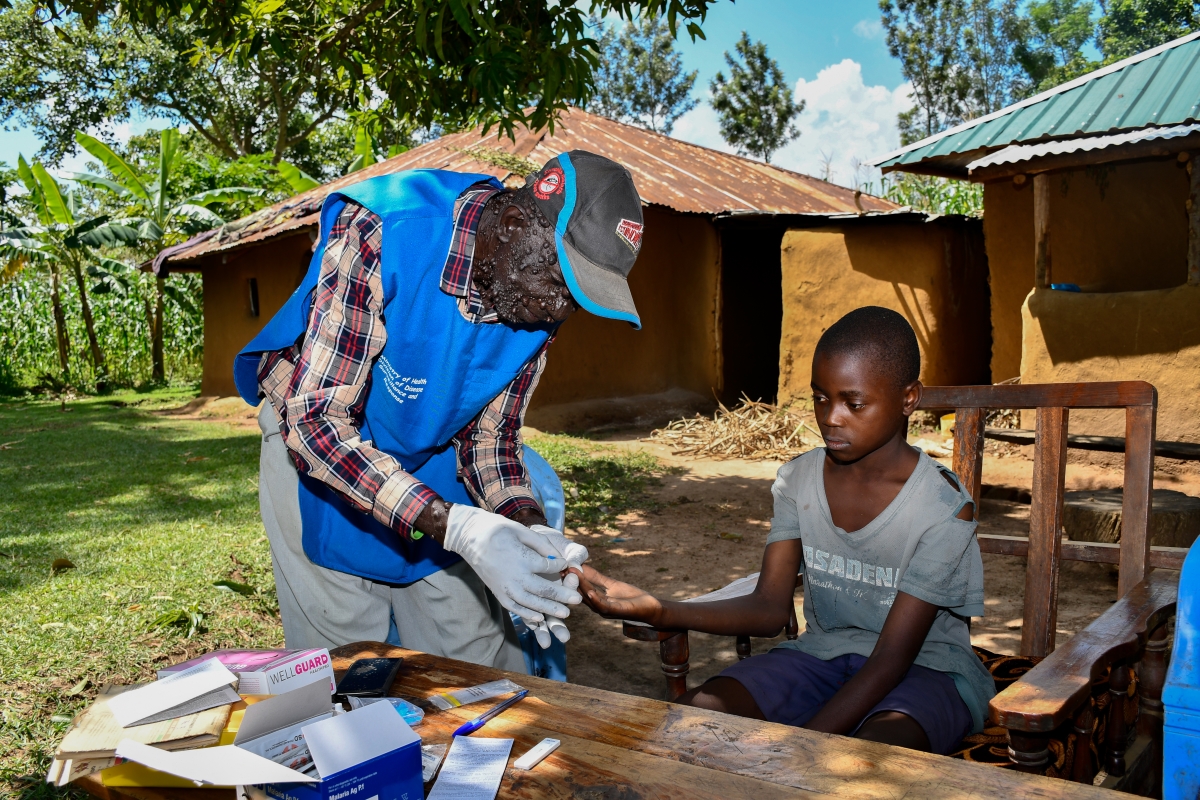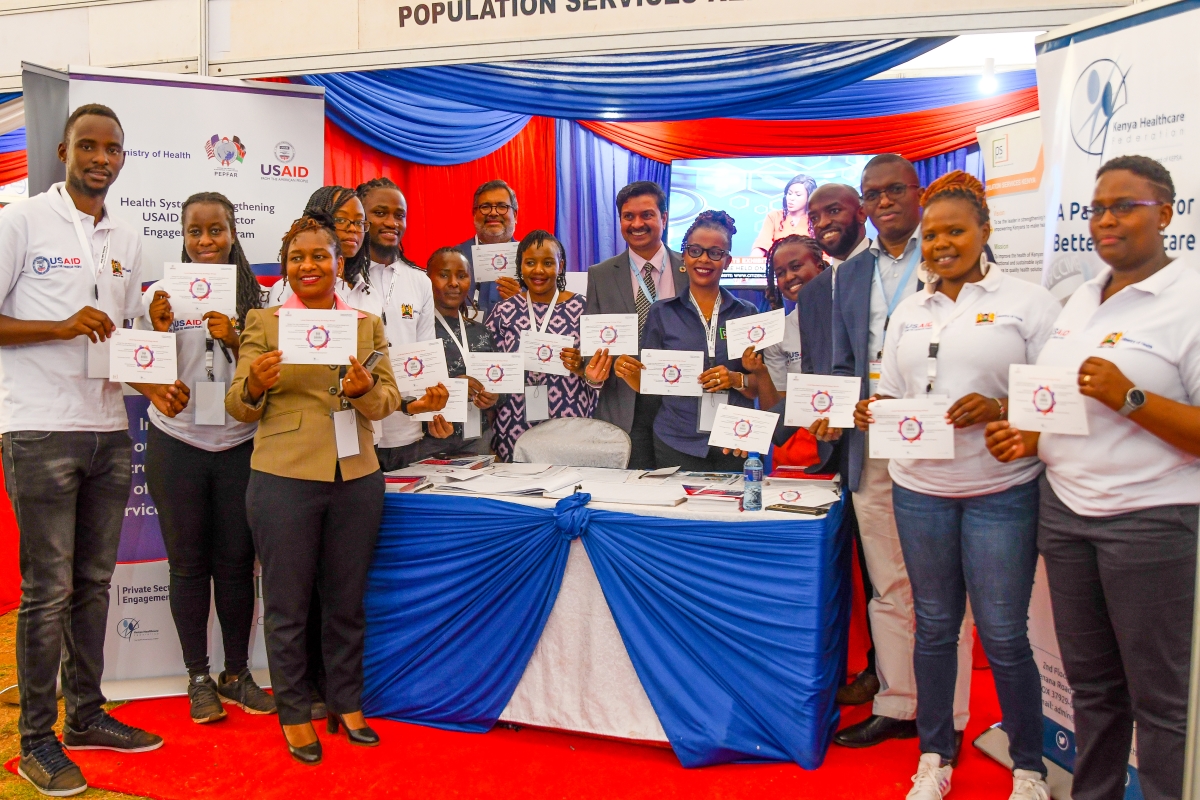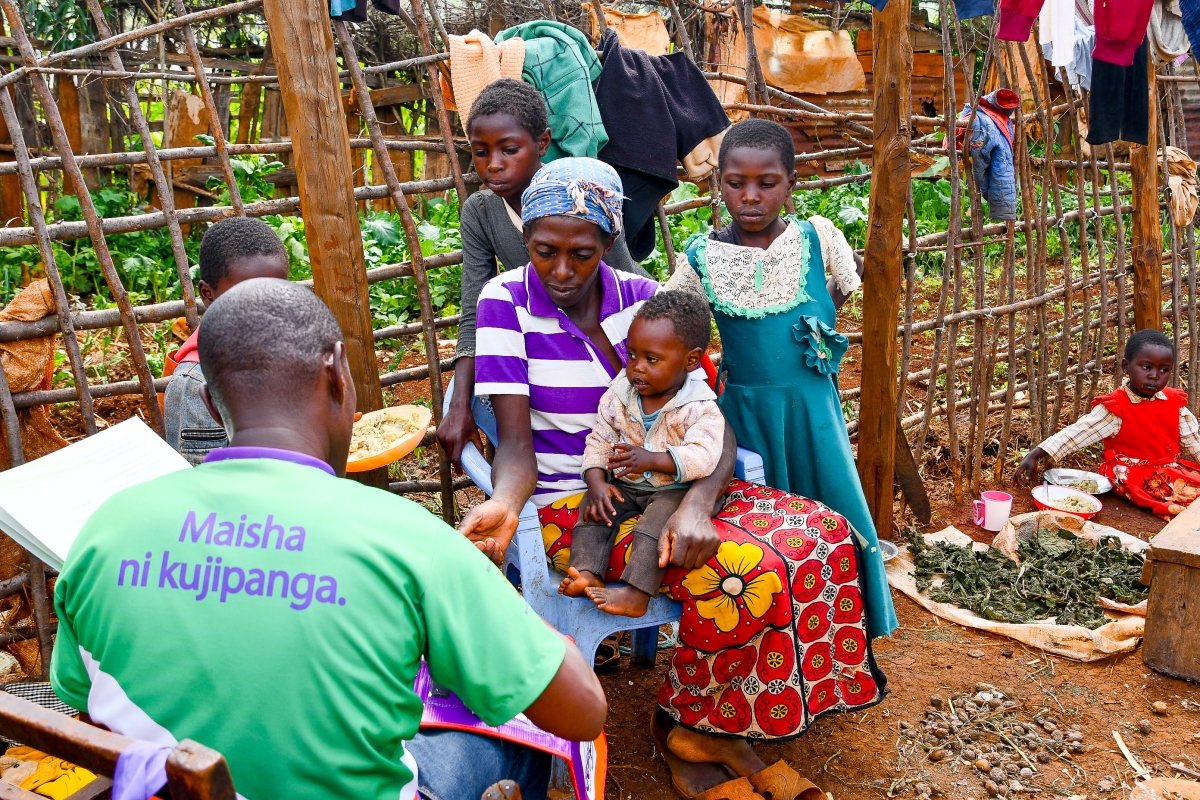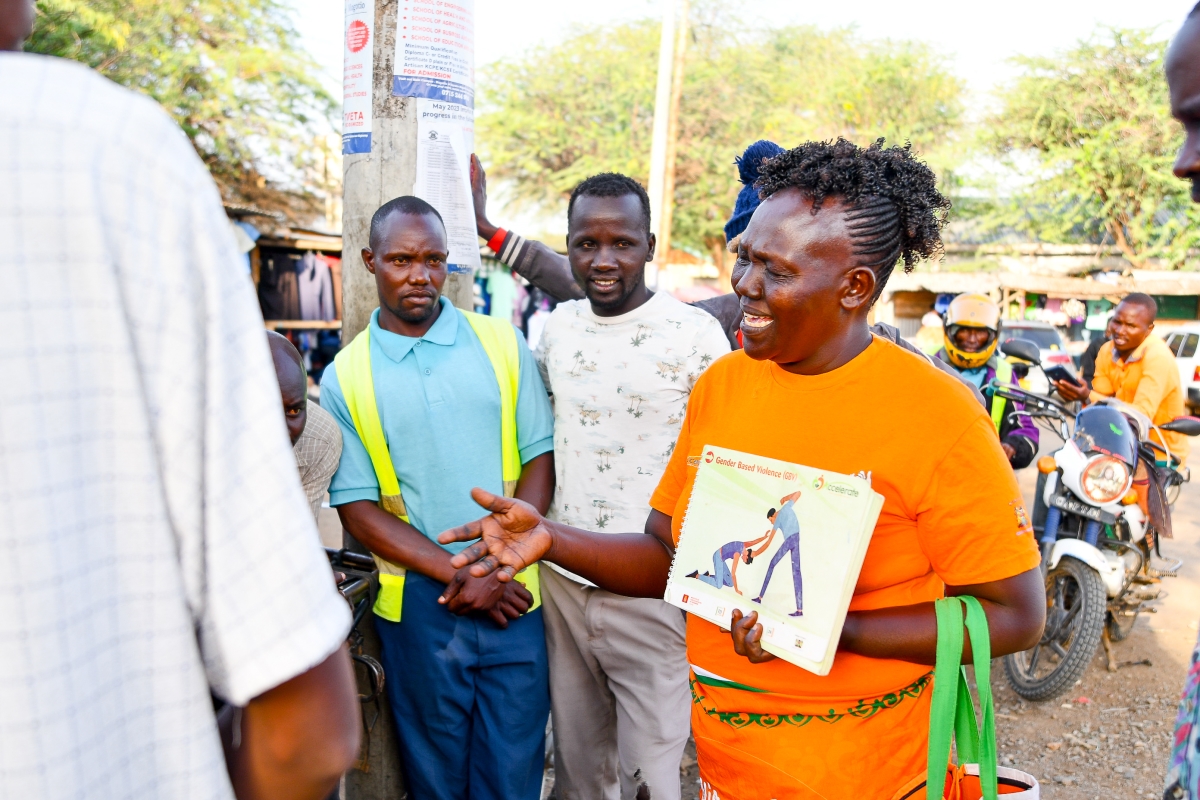Kenya has made significant strides in reducing new HIV infections. The recent efforts are geared towards the identification of the positives and linking them to treatment immediately, as well as ensuring those on treatment are achieving viral suppression in line with the UNAIDS call for 90 90 90. The goal of PS Kenya’s HIV Programme is to use evidence to develop interventions that contribute to the reduction of HIV incidence. For more than 20 years, PS Kenya has worked to prevent HIV infection and remains the leader in implementing innovative and evidence-based HIV prevention programs in Kenya.
PS Kenya has worked closely with the National AIDS and STI Control Program (NASCOP) and the National AIDS Control Council (NACC) to support efforts in HIV prevention and treatment over the years.
PS Kenya’s HIV and TB program uses an evidence-based approach to increase access to affordable, sustainable, and high-quality HIV and TB services in the private sector.
PS Kenya supported the development of sustainable, quality HIV care and treatment in the private sector. We worked with a network of 119 private provider ART (antiretroviral treatment) sites, 91 PMTCT (prevention of mother-to-child transmission) sites, and 350 HTC (HIV testing and counselling) sites from both the Gold Star and Tunza networks to address these challenges, with a focus on building provider capacity to offer quality HIV services through Continuous Quality Improvement (CQI) mentorship.
As part of the sustainability plan, PS Kenya also continued to support the franchise private providers to address sustainable private sector supply chains for drugs and diagnostics.
Clinical trials conducted in Sub-Saharan Africa have shown that medically performed circumcision is safe and can reduce a man’s risk of HIV infection during vaginal sex by about 60%. In Kenya, 2,784 men aged between 18 and 24 years joined a similar trial in Kisumu. Among those circumcised, HIV risk was reduced by about 53%. An ongoing follow-up study found that this protective effect was sustained over 42 months, reducing men’s chances of becoming infected with HIV by 64%. Male circumcision is practiced in many communities in Kenya and often serves as a rite of passage to adulthood. However, we have some communities in parts of Nyanza, the Rift Valley, and Western provinces that do not traditionally circumcise.
There is a strong relationship between HIV prevalence and male circumcision status, with HIV prevalence being four times higher among uncircumcised men than among circumcised men aged 15–49 years (13% and 3% respectively) (2008/09 KDHS). Through the Tunza Network of Clinics, men can receive safe circumcision surgery from our providers. In addition, PS Kenya worked with the Ministry of Health to promote VMMC as an HIV prevention tool in communities that do not practice circumcision.
It is estimated that infants and children under 15 years account for 16% of all new HIV infections, mainly due to Mother to Child Transmission (MTCT). In an endeavor to reduce HIV-related infant and child mortality, prevention of mother-to-child transmission (PMTCT) has become a priority for the government of Kenya. HIV testing and Counseling (HTC) of pregnant women serves as an important entry point to care and treatment for HIV positive mothers and their families.
Antenatal clinics (ANC) provide the greatest opportunity to carry out HTC on expectant mothers. HIV testing among pregnant women is currently at 70.5%. 33% of HIV pregnant women use family planning services, 72.3% use ARV, and 49% of infants born to HIV positive mothers use ARV.Some 32% of women exclusively breastfeed their children for six months, according to the Kenya Demographic and Health Survey (KDHS, 2008/09).
The main challenges facing successful implementation of PMTCT include:
Tuberculosis
For years, through the support of the Global Fund, TB Reach, and PEPFAR, PS Kenya has been driving demand generation for TB services and delivering TB services through its social franchise network, Tunza. PS Kenya is also integrating TB screening and treatment into all the HIV treatment facilities we support in the private sector, with a focus on improving case detection among People Living with HIV (PLHIV) and their contacts.
The HIV and TB programs work collaboratively with:
In response to the existing gap, PS Kenya, through the support of Stop TB Partnership and the National TB Program, is implementing the TB Reach Wave 8 project, which has a focus on enhancing TB active case finding among private providers through the public-private mix (PPM) initiative. The aim of the PPM initiative is to improve early TB diagnosis irrespective of where patients first seek care in the health system and to establish mechanisms that allow for efficient and high-quality diagnosis and treatment.
The project uses several interventions, which include
The project is being implemented in 7 sub-counties in Nairobi County.
Over 300 registered private providers (health facilities, chemists, and stand-alone laboratories) are involved in the activities.
The TB Reach Wave 9 project is a grant from the Stop TB Partnership (TB REACH) being implemented by PS Kenya as a sub recipient in Kenya. Its goal is to optimize the quality of care for optimal treatment adherence among drug-resistant (DRTB) patients in order to improve treatment outcomes in 2 drug-resistant TB high-burden counties (Nairobi and Mombasa) in Kenya. The project will be implemented in the two counties from September 2021 to August 2023 in partnership with the National TB program and the respective county governments.
Key intervention strategies
In PS Kenya, various social behavior change campaigns were implemented to reduce risky sexual practices among at-risk and vulnerable populations. Evidence-based behavior change communication techniques promote correct and consistent use of our products and reduce high-risk behaviors. Campaigns are delivered through innovative and appropriate channels to reach those most at risk




